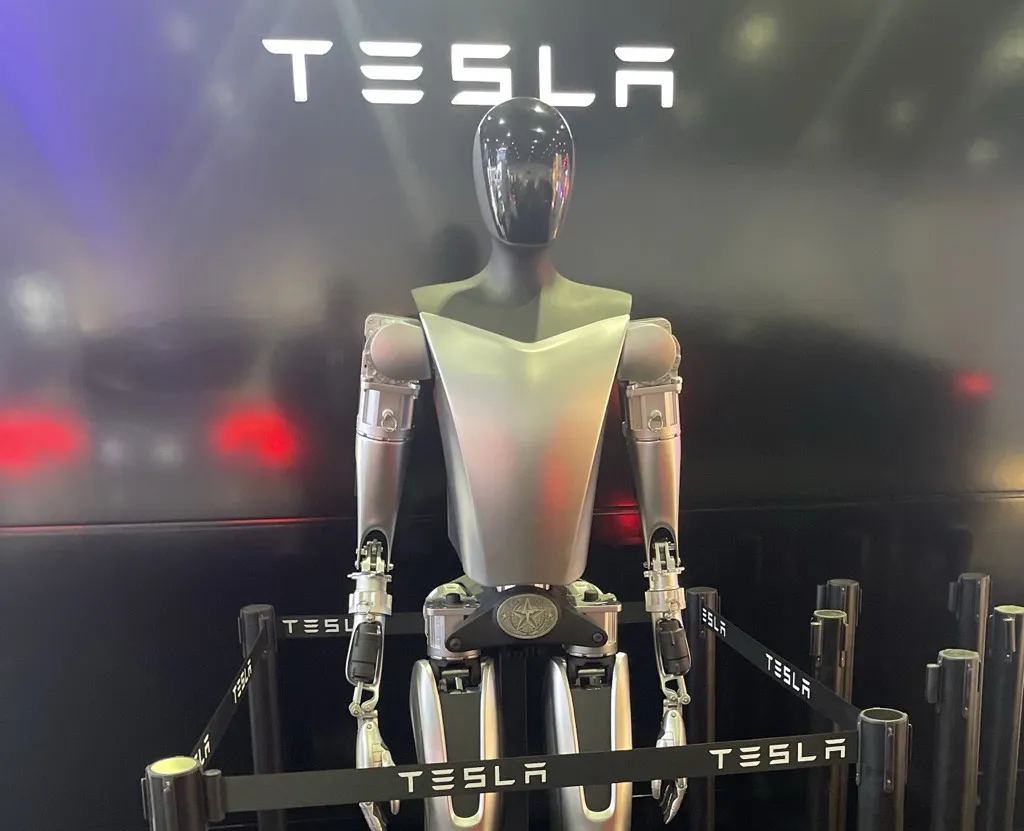Analysts at ABI Research forecast that the global market for ADAS systems will increase to more than US$261 billion by the end of 2020, representing a CAGR of 41%. “ADAS systems are increasingly being offered by mass-market OEMs such as Ford and Volkswagen,” said Gareth Owen, research analyst at ABI Research. “Whilst the majority are offered in bundles and sold as optional “driver-assist” packages, a growing number of OEMs are starting to fit some ADAS systems as standard equipment.” A key catalyst driving
April 19, 2013
Read time: 2 mins
Analysts at 5725 ABI Research forecast that the global market for ADAS systems will increase to more than US$261 billion by the end of 2020, representing a CAGR of 41%.
“ADAS systems are increasingly being offered by mass-market OEMs such as278 Ford and 994 Volkswagen,” said Gareth Owen, research analyst at ABI Research. “Whilst the majority are offered in bundles and sold as optional “driver-assist” packages, a growing number of OEMs are starting to fit some ADAS systems as standard equipment.”
A key catalyst driving the adoption of ADAS systems in Europe over the next five years will be the6437 Euro NCAP specifications. The specifications include three types of ADAS systems: speed assistance systems (SAS), autonomous emergency braking (AEB), and Lane departure warning/lane keep assist (LDW/LKA).
According to Owen, the specifications also include detailed phase-in fitment requirements. “For example, SAS becomes part of NCAP as early as 2013 and OEMs will need to ensure that 50 per cent of any new model production is fitted with SAS in order to score points. By 2017, however, it is likely that all three ADAS systems will be required to be fitted as standard in all new models in order to qualify for the highest 5 star safety rating.”
Similar trends can be observed globally although other regions such as North America and Asia-Pacific are expected to lag Europe by 1-3 years. In the United States, the National Highway Transportation Safety Administration (NHTSA) is expected to mandate Collision Imminent Braking (CIB) which is similar to AEB. ADAS should also benefit from cost reductions in key components during the next 4-5 years, for example, radar sensors, which will act as an additional adoption driver.
In the commercial vehicle sector, LDW and AEB will be mandated in November 2013 in Europe. A similar mandate is expected to be passed in the United States within the next 12-24 months.
“ADAS systems are increasingly being offered by mass-market OEMs such as
A key catalyst driving the adoption of ADAS systems in Europe over the next five years will be the
According to Owen, the specifications also include detailed phase-in fitment requirements. “For example, SAS becomes part of NCAP as early as 2013 and OEMs will need to ensure that 50 per cent of any new model production is fitted with SAS in order to score points. By 2017, however, it is likely that all three ADAS systems will be required to be fitted as standard in all new models in order to qualify for the highest 5 star safety rating.”
Similar trends can be observed globally although other regions such as North America and Asia-Pacific are expected to lag Europe by 1-3 years. In the United States, the National Highway Transportation Safety Administration (NHTSA) is expected to mandate Collision Imminent Braking (CIB) which is similar to AEB. ADAS should also benefit from cost reductions in key components during the next 4-5 years, for example, radar sensors, which will act as an additional adoption driver.
In the commercial vehicle sector, LDW and AEB will be mandated in November 2013 in Europe. A similar mandate is expected to be passed in the United States within the next 12-24 months.








